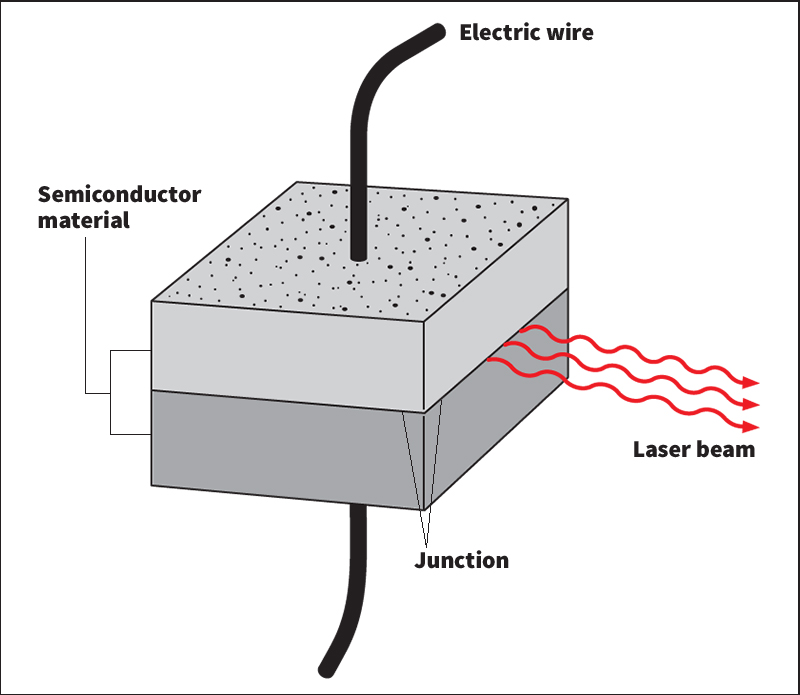Solid-state physics deals with the physical properties of solid materials. These properties include magnetism, luminescence (giving off light), mechanical strength, and the conduction of electric current and heat. Solid-state physicists try to understand the properties of solids by studying the arrangement and motion of the atoms and electrons that make them up. Solid-state physics is a branch of condensed-matter physics, which also deals with liquids and certain other kinds of matter.
Most solids are composed of atoms arranged in an orderly pattern called a crystal (see Crystal). The basic building block of a crystal is the unit cell, which is repeated over and over. Physicists beam electrons, X rays, or neutrons at crystals to learn how the atoms or molecules are arranged.
Loading the player...What is a crystal?
Much of the progress in solid-state physics has been made by preparing extremely pure single crystals of various substances and studying their properties. The detailed structure of the electron distribution of a solid can be determined in this way. The information learned from such relatively ideal materials provides a better understanding of common materials and helps people create new materials with superior properties.
The field of solid-state physics has grown rapidly since about 1946 because of its importance to industry and its scientific interest. More people are involved in it than in any other area of physics. Achievements of solid-state physics include the development of transistors and other devices that are made of semiconductors and are used in electronic circuits. Solid-state physicists have also made semiconductor lasers, solar batteries, solid luminescent sources (devices that change electric power directly into light), and sensitive detectors for many types of radiation. The electrical, computer, communications, and space industries make use of solid-state technology.

A knowledge of the quantum theory is essential in studying solid-state physics. The theory forms the basis of understanding the structure of atoms and molecules and the forces that bind them together to form crystals.
Quantum theory has given an understanding of one of the most remarkable properties to be studied in solid-state physics, superconductivity. In normal metals, voltage must be applied and power used up to keep an electric current flowing. But in a superconductor, a current will flow indefinitely with no voltage applied and no power used up. Superconductivity is exhibited by many metals and alloys, and by certain ceramic materials, at extremely low temperatures.
Solid-state physics is an expanding field of research with many other challenging problems. Some of the problems being studied involve the interaction of light from intense laser beams with matter. Other areas of research include the conversion of electrical energy into light, and improving materials for semiconductor lasers and other light sources. Methods of solid-state physics are also being applied to the transfer of energy and electrical charge in organic systems important in biology.
